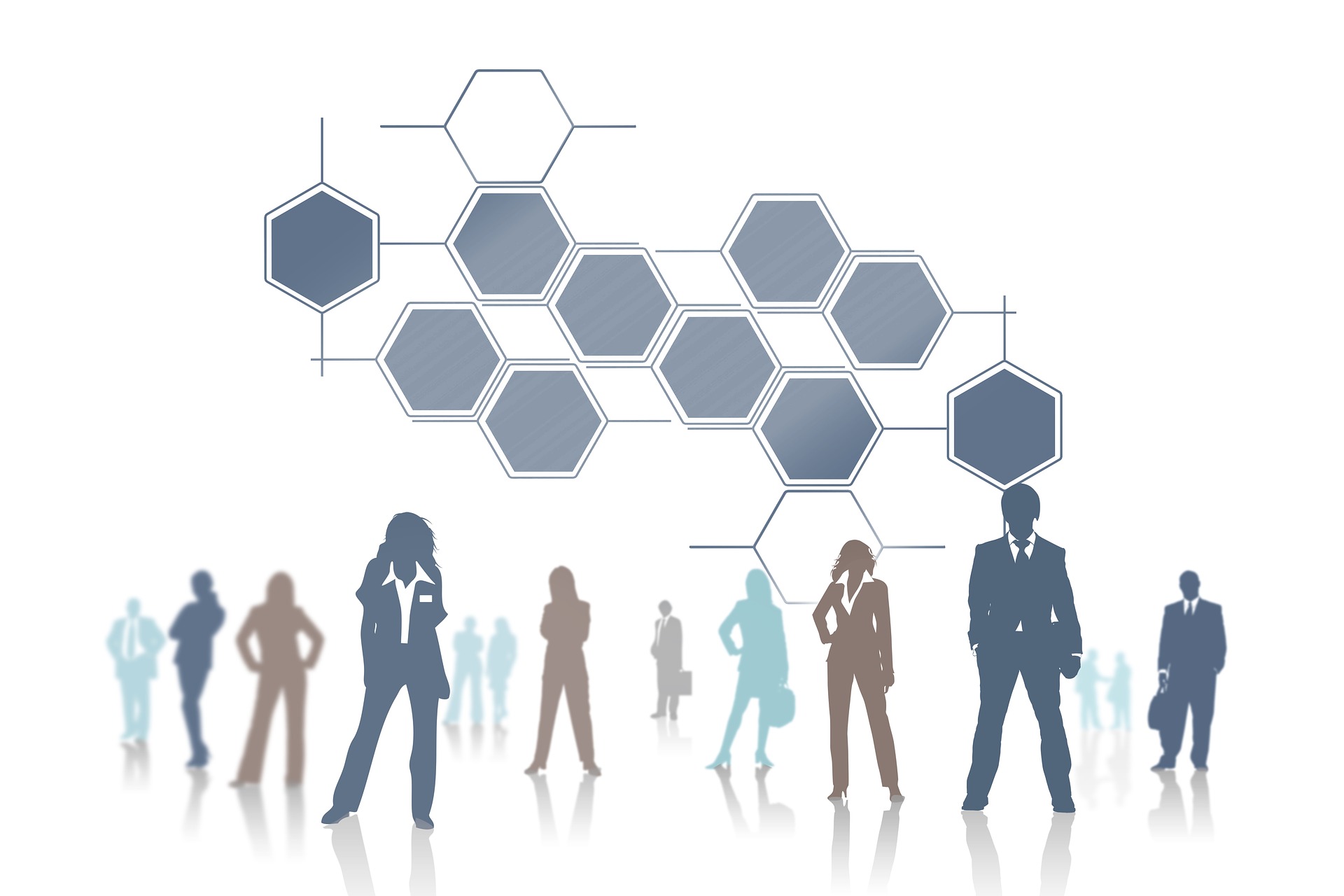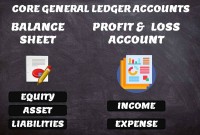- Home
- Business Processes
- Industry Knowledge
- Aerospace Industry
- Automotive Industry
- Banking Domain
- BFSI Industry
- Consumer/ FMCG Industry
- Chemicals Industry
- Engineering & Construction
- Energy Industry
- Education Domain
- Finance Domain
- Hospitality Domain
- Healthcare Industry
- Insurance Domain
- Retail Industry
- Travel and Tourism Domain
- Telecom Industry
- Leadership Skills
- eLearning
- Home
- Business Processes
- General Ledger (Record to Report)
- Organizational Elements
Organizational Elements
McKinsey 7S Framework is most often used as an organizational analysis tool to assess and monitor changes in the internal situation of an organization. The model is based on the theory that, for an organization to perform well, seven elements need to be aligned and mutually reinforcing.
McKinsey 7S Framework is most often used as an organizational analysis tool to assess and monitor changes in the internal situation of an organization. The model is based on the theory that, for an organization to perform well, following seven elements need to be aligned and mutually reinforcing:
Hard Elements - Hardware of Organizational Success
-
Strategy: The integrated vision and direction of the company
A set of actions that the company starts with and which it must maintain. Strategy is the manner in which the organization derives, articulates, communicates and implements it's vision and direction. Strategy is the purpose of the business and the way the organization seeks to enhance its competitive positioning and competitive advantage.
Strategic thinking involves the understanding of basic economics of business; identifying one’s sources of competitive advantage, and allocating resources to ensure that ones distinctive capabilities remain strong.
-
Structure - The organizational chart of the company
Structure defines how people, tasks, work is organized and represents the way business divisions and units are organized and includes the information of who is accountable to whom. In other words, structure is the organizational chart of the firm. It is also one of the most visible and easy to change elements of the framework. Structure allow the firm to focus on areas that are deemed important for its evolution. This includes division of activities; integration and coordination mechanisms. Functional superiority can only be achieved if there is enough reliability and focus within each business unit.
-
Systems - The decision making procedures of the company
Systems refer to policies and procedures that govern the way in which the organization acts within itself and its external environment. These processes and information flows link the organization together and used by staff to get the work done. This includes computer systems, operational systems, HR systems, etc., which reveal business’ daily activities and how decisions are made. Systems do not only refer to hard copy reports and procedures but also to
informal mechanisms such as meetings and conflict management routines.
Soft Elements - Software of Organizational Success
-
Style - The management style of the company
Style represents the way the company is managed by top-level managers, how they interact, what actions do they take and their symbolic value. How managers behave, leadership style, unwritten norms of behavior and organizational culture etc.
-
Staff - The employees of the company
This element is concerned with how the company develops managers (current and future) and employees. Their selection, training, reward and recognition, retention, motivation and assignment to work etc. Identifying what type and how many employees an organization will need and how they will be recruited, trained and deployed.
-
Shared Values - The key beliefs and aspirations and guiding values of the company
These values define the firm's key beliefs and aspirations that form the core of its corporate culture. These values shapes the organizational culture as the employees share the same goals guiding values. Values act as an organization's conscience, providing guidance in times of crisis and are the foundation of every organization.
Values are intangibles that affects employees (treating them with dignity), customers (treating them with fairness) and society (making a social contribution).
-
Skills - The dominant capabilities of the company
Dominant attributes, competence or capabilities that exist in the organization. It refers to the fact that employees have the skills necessary to execute company’s strategy. Skills enables its employees to achieve its objectives.
Organization is a system of consciously coordinated activities of two or more persons in order to achieve a common goal. As per the model these seven internal aspects of an organization need to be aligned if it is to be successful. The 7Ss framework provides a useful framework for analyzing the strategic attributes of an organization. Whatever the type of change – restructuring, new processes, organizational merger, new systems, change of leadership, and so on – the model can be used to understand how the organizational elements are interrelated, and to ensure that the wider impact of changes made in one area is taken into consideration. The model can be applied to many situations and is a valuable tool when organizational design is at question.
The most common uses of the framework are:
- To facilitate organizational change
- To help implement new strategy
- To identify how each area may change in a future
- To facilitate the merger of organizations
Organizational structure aligns and relates parts of an organization, so it can achieve its maximum performance.
Organizational structure sets out who does what within a company and specifies who answers to whom.
A strategic, carefully planned organizational structure helps a business run effectively and efficiently.
It helps determine how your products are produced, distributed, marketed and sold.
Structure is also dependent on your company’s unique mission and goals.
Regardless of the type of structure you choose, you’ll find key elements that they all have in common.
One of the most important components of your organizational structure is defining who’s in charge.
It’s important that you have a clear defined chain of command.
How and where your products or services are produced is also considered within your business structure.
An organization’s structure also maps out how products are delivered to customers.
Each of these elements affects how workers engage with each other, management and their jobs in order to achieve the employer’s goals.
Related Links
You May Also Like
-
Five Core General Ledger Accounts
Typically, the accounts of the general ledger are sorted into five categories within a chart of accounts. Double-entry accounting uses five and only five account types to record all the transactions that can possibly be recorded in any accounting system. These five accounts are the basis for any accounting system, whether it is a manual or an automated accounting system. These five categories are assets, liabilities, owner's equity, revenue, and expenses.
-
Internally, an organization can be structured in many different ways, depending on their objectives. The internal structure of an organization will determine the modes in which it operates and performs. Organizational structure allows the expressed allocation of responsibilities for different functions and processes to different entities such as the branch, department, workgroup and individual.
-
Record to report (R2R) is a finance and accounting management process that involves collecting, processing, analyzing, validating, organizing, and finally reporting accurate financial data. R2R process provides strategic, financial, and operational feedback on the performance of the organization to inform management and external stakeholders. R2R process also covers the steps involved in preparing and reporting on the overall accounts.
-
Concept of Representative Office
A representative office is the easiest option for a company planning to start its operations in a foreign country. The company need not incorporate a separate legal entity nor trigger corporate income tax, as long as the activities are limited in nature.
-
Introduction to Legal Entities Concept
Modern business organizations operate globally and leverage a large number of registered legal entities, and operate through complex matrix relationships. To stay competitive in the current global business environment, they must often develop highly diverse and complex organizational structures that cross international borders. Learn more about Legal Entities and their importance for businesses.
-
GL - Journal Posting and Balances
In this tutorial, we will explain what we mean by the posting process and what are the major differences between the posting process in the manual accounting system compared to the automated accounting systems and ERPs. This article also explains how posting also happens in subsidiary ledgers and subsequently that information is again posted to the general ledger.
-
Although technically a general ledger appears to be fairly simple compared to other processes, in large organizations, the general ledger has to provide many functionalities and it becomes considerably large and complex. Modern business organizations are complex, run multiple products and service lines, leveraging a large number of registered legal entities, and have varied reporting needs.
-
GL - Unearned / Deferred Revenue
Unearned revenue is a liability to the entity until the revenue is earned. Learn the concept of unearned revenue, also known as deferred revenue. Gain an understanding of business scenarios in which organizations need to park their receipts as unearned. Look at some real-life examples and understand the accounting treatment for unearned revenue. Finally, look at how the concept is treated in the ERPs or automated systems.
-
In some of the ERP tools, there are more than 12 accounting periods in a financial year. This article discusses the concept of accounting calendar and accounting periods. Learn why different companies have different accounting periods. Understand some of the commonly used periods across different organizations and the definition & use of an adjustment period.
-
Team-Based Organizational Structure
Team-based structure is a relatively new structure that opposes the traditional hierarchical structure and it slowly gaining acceptance in the corporate world. In such a structure, employees come together as team in order to fulfill their tasks that serve a common goal.
Explore Our Free Training Articles or
Sign Up to Start With Our eLearning Courses

About Us
Learning
© 2023 TechnoFunc, All Rights Reserved











